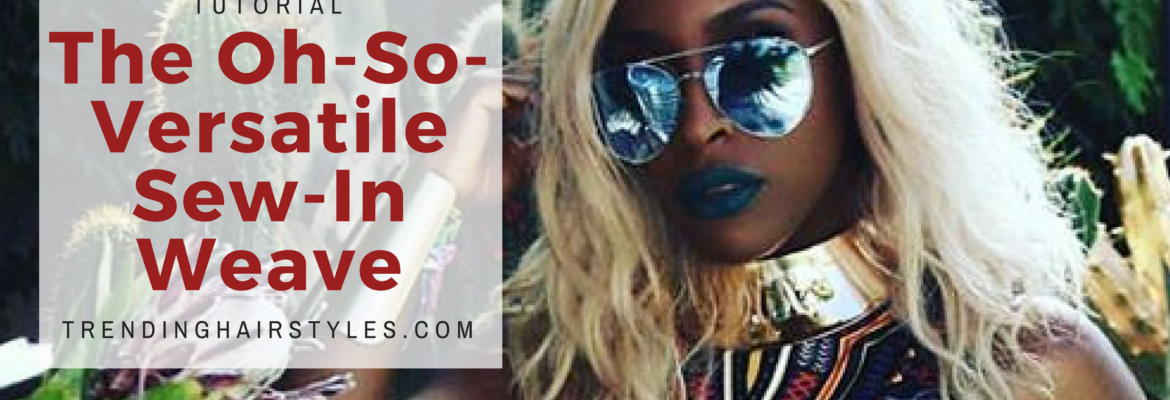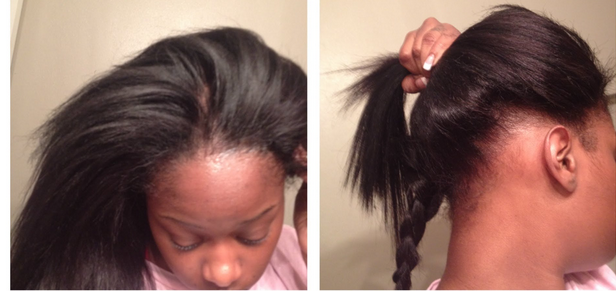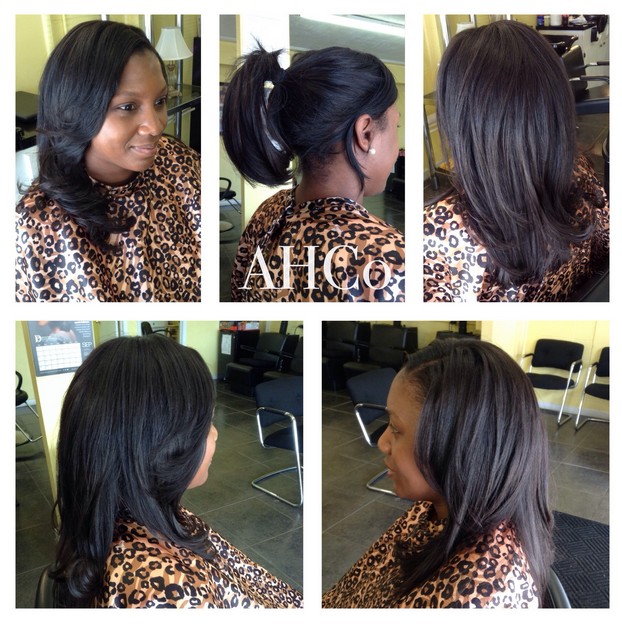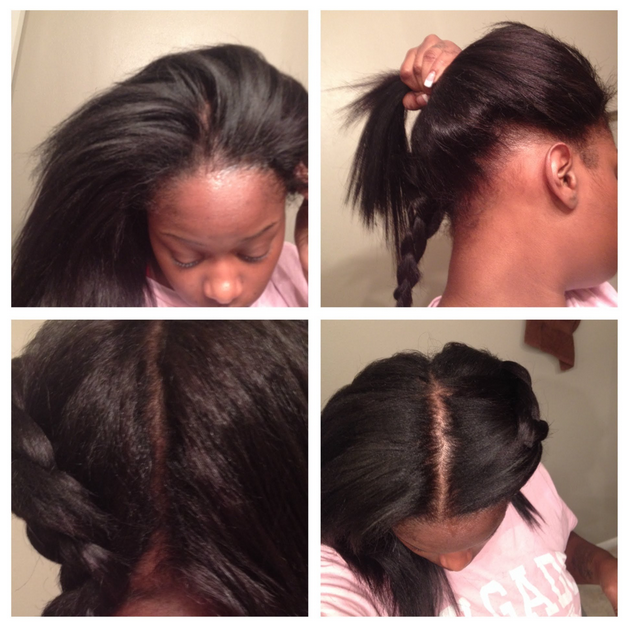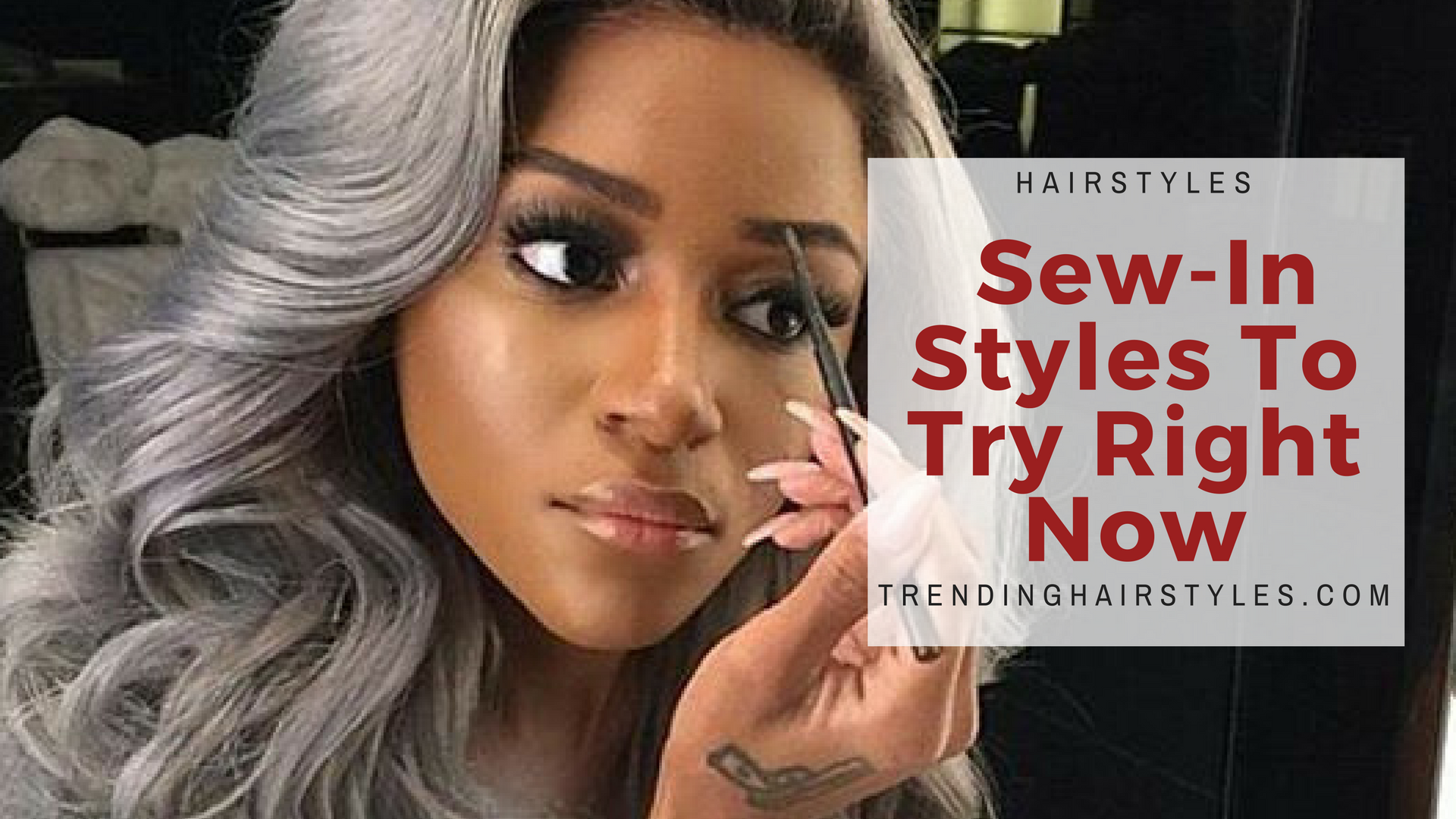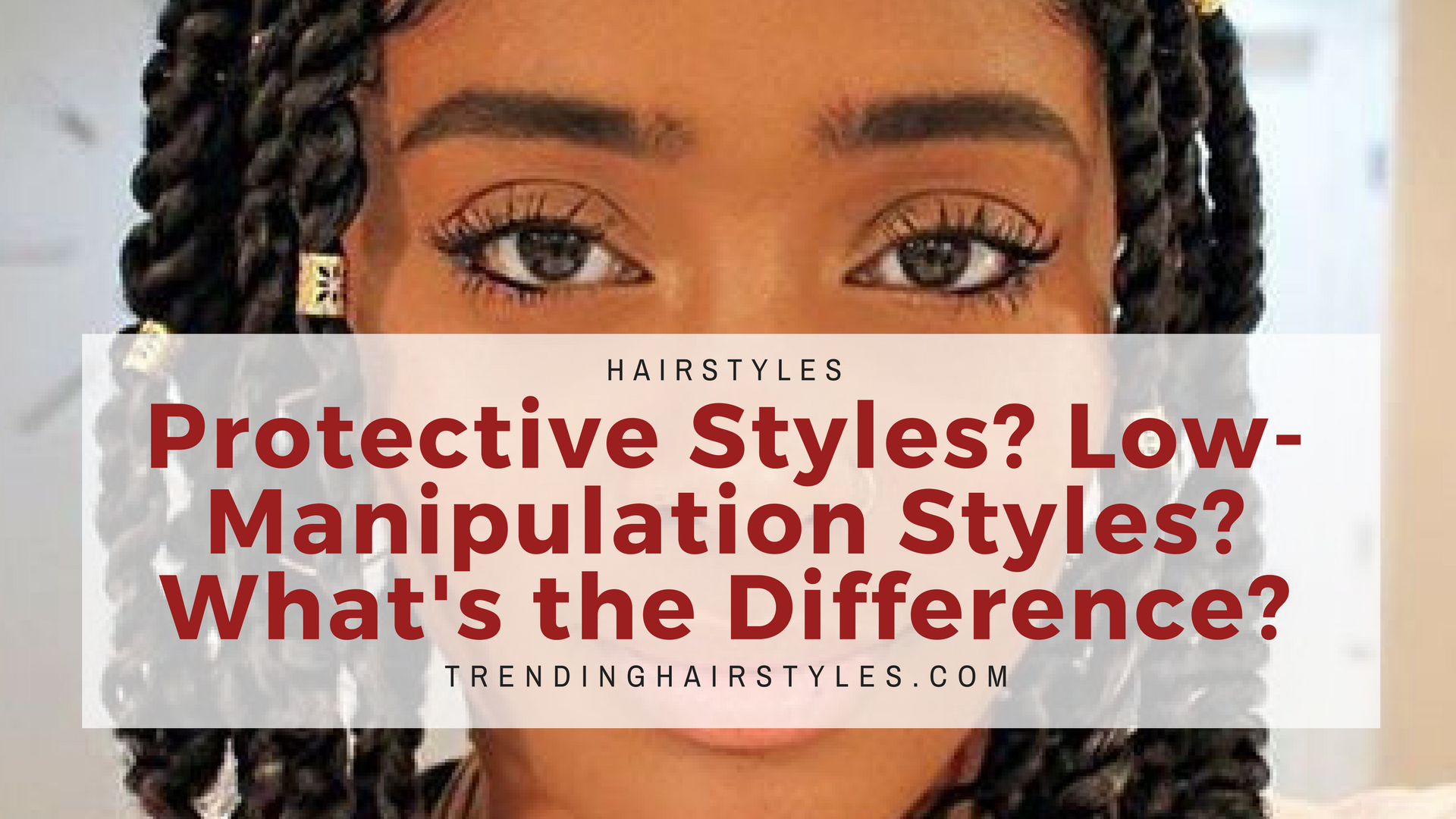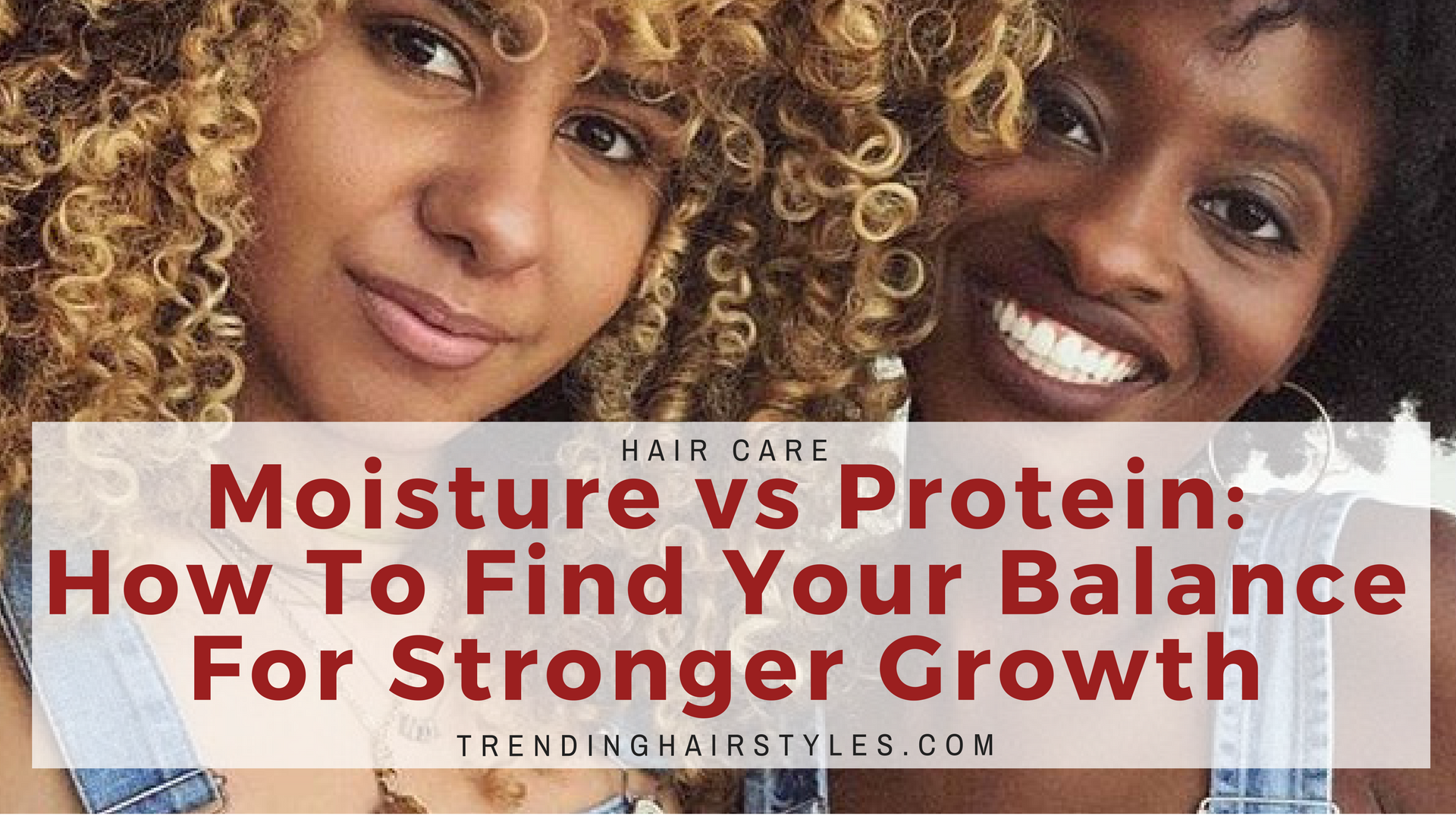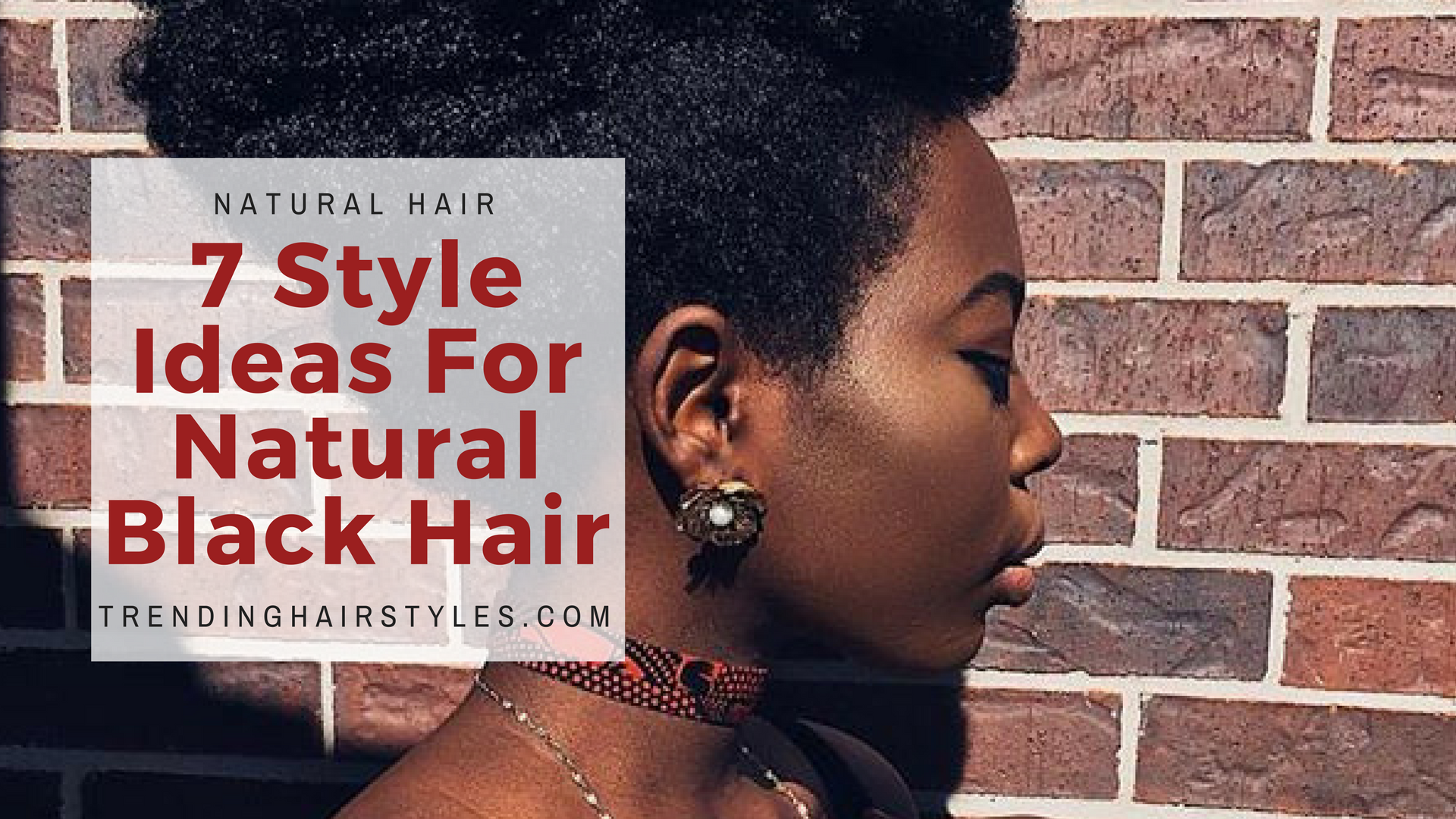The Versatile Sew-In Weave: Step-by-Step Tutorial [VIDEO]
Versatile Sew-In! Contrary to common beliefs African-American or black women hair is not course or tough it just looks that way from a distance. Due to this misconception black women do a lot of handling on their hair by constantly relaxing, perming or using heated styling tools to maintain the straight look this however leads to hair breakages and interferes with the growth of the hair since the roots are constantly disturbed.
What is a Versatile Sew-In?
Versatile Sew-In is a type of hair extension that is either synthetic or natural that is sewn on a tightly woven braid against the scalp. A versatile sew-in can be done on the whole or half of the head. Versatile sew-in weave can be short or long depends on what you want and the shape of your head. Versatile sew-in weaves have ensured that the hair is left in peace to grow naturally and it is also much easier to maintain and style.
Why Versatile Sew-In Weave is so Popular
Though versatile sew-in is most popular among African American women, women from other races use hair extensions to create hair thickens to give their hair different texture and to make the hair appear longer if hair is too little or too thin. Weaves are easy to maintain and style, cost less to maintain and let you experience different hair styles.
RELATED: The Vixen Sew-In Weave – How to Do It Tutorial [VIDEO]
How to Maintain Versatile Sew-In
This is only if your weave is 100% human hair which is very natural and can be maintained like your real hair. Follow the steps below to maintain your versatile sew-in.
STEP 1: Oil your scalp regularly. It is better if you use liquid coconut oil to make ensure your scalp does not get itchy forcing you to scratch it which would result to frizzy roots. READ: Top 3 Benefits of Using Natural Hair Oil As Conditioner.
STEP 2: Wash your hair weekly with high quality shampoo and conditioner to be sure sure your hair does not get tangled or smells funny. SEE: Top 10 Sulfate Free Shampoo for African American Hair
STEP 3: Do not rub your hair dry. Rather part it to dry, rubbing it roughens the hair cuticles and messes with the hair shafts causing them to be loose.
STEP 4: Style it carefully, combs it from the bottom going up to avoid roughly pulling the hair shafts. Use heated styling tools sparingly because they make the weave dry and brittle.
STEP 5: It is important to schedule regular appointments with your stylist so that they can do repairs on the loose extensions and style it properly.
Step-by-step Tutorial on How to Fix Versatile sew-in weaves
STEP 1: Shampoo, condition and blow dry your hair so that it is clean and not painful when being braided.
STEP 2: Make parts according to how your braiding will be done depending on the hairstyle you want.
STEP 3: Use hair extensions or sewing wool to make the cornrow braids stronger and weave them either horizontally or vertically whichever way is better for the weave. The corn rows should be flat and narrow then join the ends of the braids by sewing them so that they do not hang loose
STEP 4: Sew the rows of the extension hair to the cornrow braids using a thick thread and start from the back ensure you do not cut the hair extension rather sew it continuously to the front this ensures hair shafts do come loose often. The back should be less layered. The front should be done with care sewing the extension hair in an interlocking pattern to give a clean and professional finish.
STEP 5: Trim the weave so that it is neat and style your hair how you like it.
Video Credit: Ressa’s Styles Of Distinction
Sew-in- weaves come in different styles and those that are made to look similar to black hair are very popular today. The long and short thick curls, the Afro kinky, and the long thick rough weaves. Weaves come in various prices so everybody can afford them. Finally do not stay with a weave for long it is unhygienic and may cuts your hair. It is recommended not to leave a sew-in weave longer than 2 months. You can do 3 months, but that will be pushing it a little. Definitely, DO NOT leave a versatile sew-in weave in your hair longer than 3 months!
Follow Us On: Instagram + Facebook + Twitter + Google+

